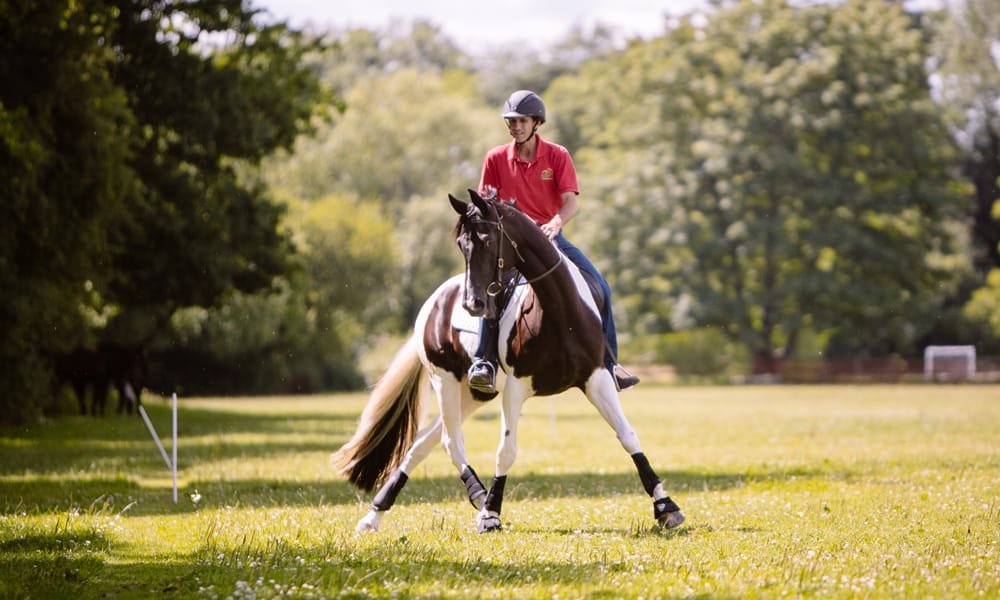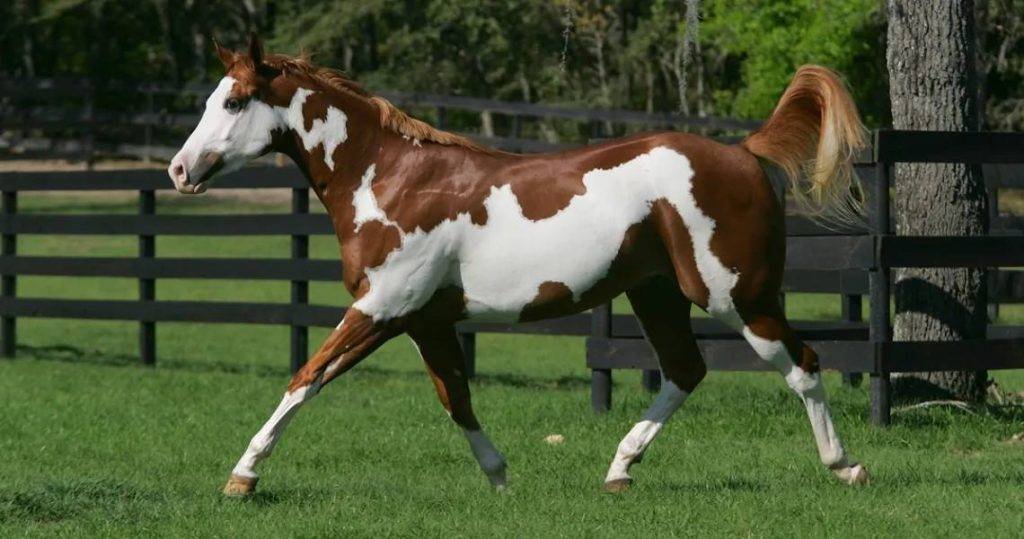Horses are incredibly intelligent and sensitive animals, but sometimes they can become difficult or spooky, especially when they are unsure or frightened by something in their environment.
A horse that acts spooky may shy away from things like strange noises, sudden movements, or unfamiliar objects. In some cases, a horse can become difficult to handle, which may lead to behaviors like bolting, rearing, or bucking. However, with the right approach, patience, and training, you can help your horse overcome its fears and become more manageable.
In this article, we’ll discuss how to handle a difficult or spooky horse, focusing on creating a calm, trusting, and confident relationship.
1. Stay Calm and Confident

Horses are excellent at picking up on the emotions of their handlers, so it’s essential to remain calm and confident when dealing with a spooky horse. If you get nervous or tense, your horse will likely sense this and become more anxious. On the other hand, if you stay calm and collected, your horse is more likely to settle down as well.
Take deep breaths and approach the situation with a positive attitude. Speak in a calm, soothing voice and avoid sudden movements. By showing your horse that you are in control, it will be more likely to trust you and respond in a more relaxed way.
2. Understand the Cause of the Spookiness
Before you can address a horse’s spooky behavior, it’s important to understand what is causing the fear. Is your horse scared of a specific object, like a tarp or plastic bag? Or is it more general, such as being afraid of new environments, other animals, or loud noises?
Observe your horse’s reactions carefully. Sometimes, spooky behavior may be due to a lack of proper training or exposure to certain stimuli. In other cases, it could be a physical issue, such as pain or discomfort, that is causing your horse to react with fear. If you suspect a health issue, consult with a veterinarian to rule out any underlying problems.
3. Desensitize Your Horse
Desensitization is one of the most effective ways to help a spooky horse become more comfortable with new experiences. This process involves gradually exposing your horse to the things that make it anxious in a controlled and calm manner, so it learns that there’s nothing to fear.
Start by introducing your horse to the scary object or situation from a distance. Let it observe the object without being forced to interact with it. Over time, slowly decrease the distance between your horse and the object, rewarding it for calm behavior. Patience is key during this process—do not rush or force your horse to get too close until it is ready.
For example, if your horse is afraid of a tarp, start by letting it look at the tarp from a distance. Gradually, you can allow your horse to get closer while offering rewards like treats or praise when it stays calm. Eventually, your horse will learn that the tarp is not a threat.
4. Use Positive Reinforcement
Positive reinforcement is essential when handling a spooky or difficult horse. When your horse behaves well or faces its fears without reacting negatively, reward it immediately with treats, praise, or a gentle pat. This will reinforce the idea that calm behavior leads to positive outcomes.
For example, if your horse stands still and does not spook when exposed to a new object, give it praise and a treat. Over time, your horse will begin to associate facing its fears with positive experiences.
5. Provide a Safe and Secure Environment
Horses are naturally more confident when they feel safe and secure in their environment. If your horse seems particularly spooky, make sure it is in a calm and familiar space. Minimize distractions and avoid placing your horse in situations that may overwhelm it, especially if it is new to certain environments or experiences.
If you are working in an unfamiliar area, take time to allow your horse to explore the space slowly. Let it get comfortable with its surroundings before asking it to do anything. You can also bring along a trusted companion horse if it helps your horse feel more confident.
6. Gradual Training and Consistency
Training a difficult or spooky horse requires time, patience, and consistency. Horses respond best to clear, consistent signals, so make sure you use the same commands and cues every time you interact with your horse. Reward small successes and be patient with setbacks.
Consistency in your training routine helps build trust and understanding between you and your horse. If you ask your horse to do something, give it enough time to process and respond, and reward it for trying. The goal is to create a confident horse that is not easily startled or reactive.
7. Know When to Seek Professional Help

Sometimes, despite your best efforts, a horse may remain difficult or overly spooky. If you’re struggling with your horse’s behavior, it might be time to seek professional help. A skilled trainer with experience in dealing with spooky or difficult horses can offer guidance and new techniques to help you and your horse improve your relationship.
Working with a professional can be especially helpful if your horse’s behavior is dangerous or difficult to manage on your own. A trainer can observe your horse’s behavior, identify problem areas, and design a training plan that works for both of you.




